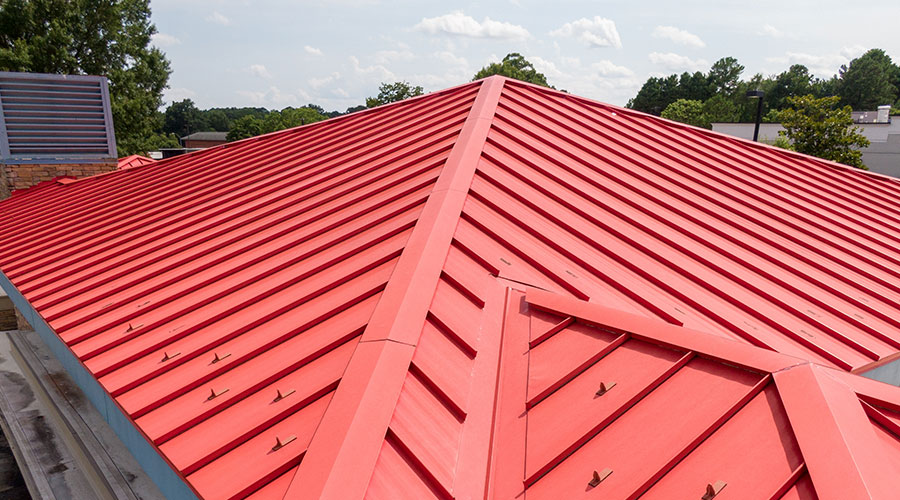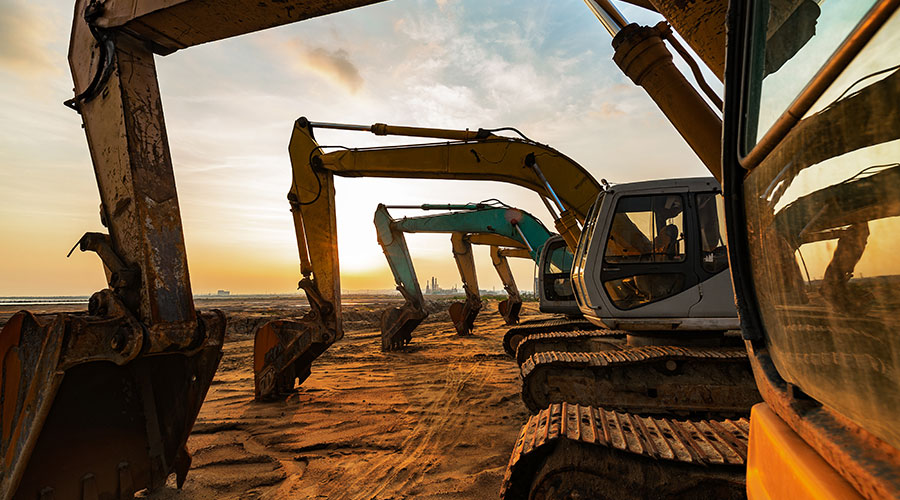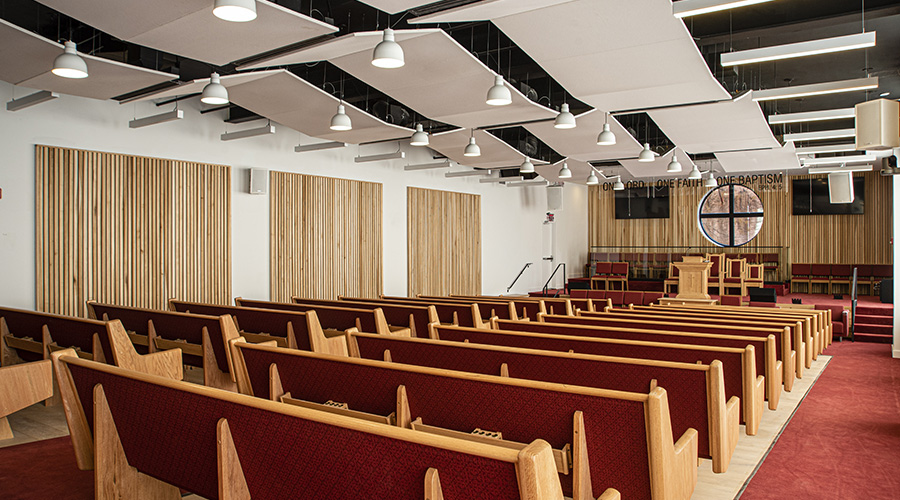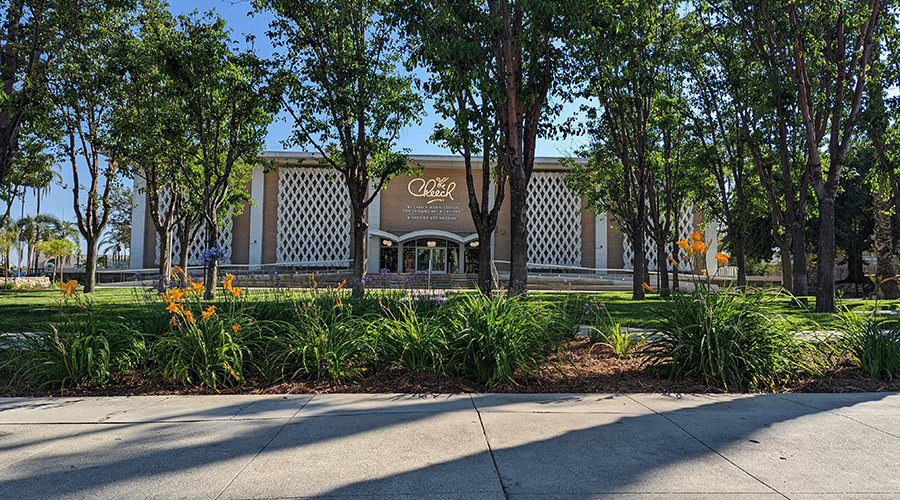Beating the Elements: Seasonal Safety and Advanced Training for Light Equipment Operators
Extreme heat, frigid winters, and ongoing certification all play a role in keeping crews safe year-round.
Summer may be the best time of year for outdoor work, but it’s also one of the most dangerous. According to the OSHA, thousands of workers every year suffer from occupational heat stress illnesses or injuries. In an article called “Hydration and Safety: Operating Equipment in Hot Climates,” Leppo Rents says, “Understanding the crucial roles of hydration and safety is the key to success during the warmer months. Dehydration and heat stress can subtly impair your cognitive and physical abilities, adding downtime, decreasing efficiency and compromising your own safety.”
What some workers might not consider is how their PPE adds to their work in overwhelming heat. Before operating equipment, choosing lightweight, breathable fabrics will help offer some protection without trapping additional heat close to the body. PPE should be suited to the weather conditions, aiding in making the jobsite a safer environment.
However, it’s also important for workers to maintain and monitor their machinery and tools in extreme conditions. Heat-related safety hazards can include engines overheating, fires, tire damage, lubrication issues and battery problems. And overly hot conditions, paired with dry climates, can generate more dust in the air, putting equipment at an even higher risk of issues.
To maintain a high level of safety when using light construction equipment, it’s important to schedule and uphold seasonal maintenance as well as daily walkarounds and pre-operation checks. Give machines time to cool off and rest periodically during the day to prevent the engine from overheating. Limiting sun exposure can also prevent unnecessary wear and tear on the machine.
Managing oils, lubrications and gasoline are all additional considerations when it comes to the summer months. Flush and replace coolants according to manufacturer recommendations, and check the water pump for leaks. Regularly check and maintain all machine air conditioning systems so operators stay cool and comfortable. And make sure to pay attention to the inflation levels of tires on your equipment. As Leppo Rents says, “For every 10 degrees Fahrenheit the temperature rises, the tire pressure increases by one pound per square inch. It’s important to stay on top of this and perform daily inspections on the tires of your equipment.”
While summer may be a hot topic for safety, winter also offers a unique set of challenges when it comes to machine safety. Frigid temperatures, icy surfaces and heavy snow fall create hazards that crews must proactively prepare for.
In an article about winter jobsite safety, the Construction Safety Council says, “Preparation is the cornerstone of winter jobsite safety. Before the first snowfall, ensure that all equipment is winterized, with fluids rated for low temperatures and heaters in proper working condition. Stock up on essentials like salt, sand, and shovels to manage snow and ice. Additionally, provide workers with adequate PPE such as insulated gloves, boots with good traction and thermal clothing. Regular training sessions to update workers on winter-specific safety protocols are also essential,”
Whether it’s heat or snow and ice, weather can be unpredictable and hard to manage. By taking proactive measures, implementing strong safety practices and properly maintaining and taking care of construction equipment and tools, teams can maintain safe environments no matter the temperature.
Continuing Safety Training
To better align training for your employees and team members, getting certified is a wonderful option for equipment operators. Training powerhouse OSHA offers courses and certifications. Other companies like Toro also offer unique training opportunities.
“Each year, we partner with our Toro distributors to identify folks to be part of our Grounds Leadership Academy,” says Jans. “As part of the Academy, participants get to view and test drive Toro grounds equipment – including new equipment that won’t be on the market for several more years, as well as existing equipment with new innovations tied to it.”
While light construction equipment is more maneuverable, versatile and notoriously have fewer operational requirements, that doesn’t mean safety shouldn’t be a priority.
Workplace safety depends on employees who diligently stay alert to hazards, maintain equipment guidelines and responsibilities, and promote safe operating practices. For ground managers utilizing light construction equipment, that means wearing proper PPE, following operator manuals and performing tasks like pre-operation inspections.
At the end of the day, focusing on prevention and preparedness proactively–instead of retroactively–ensures that employees return home safe each and every night.
Alexis Sheprak is a freelance writer based in Michigan.
Related Topics:













